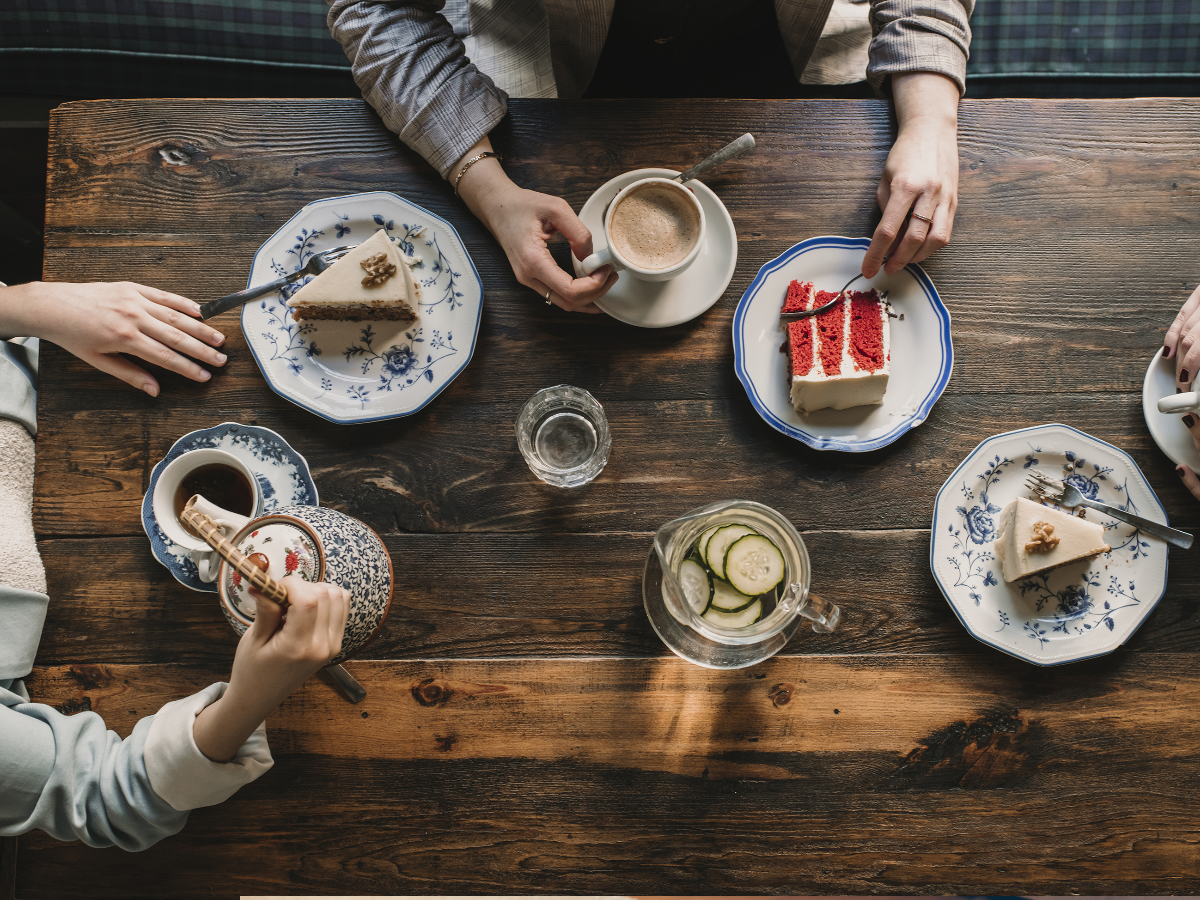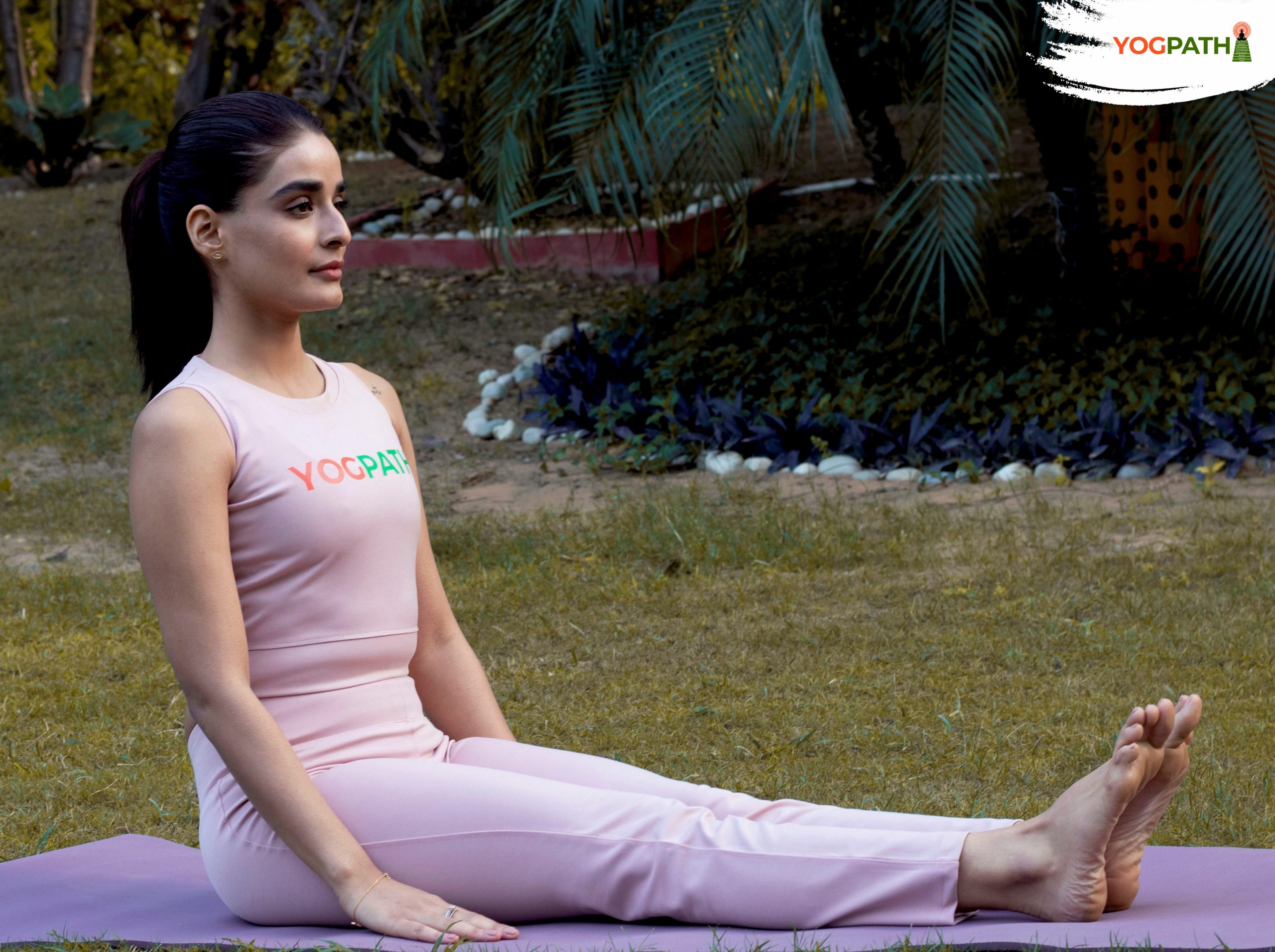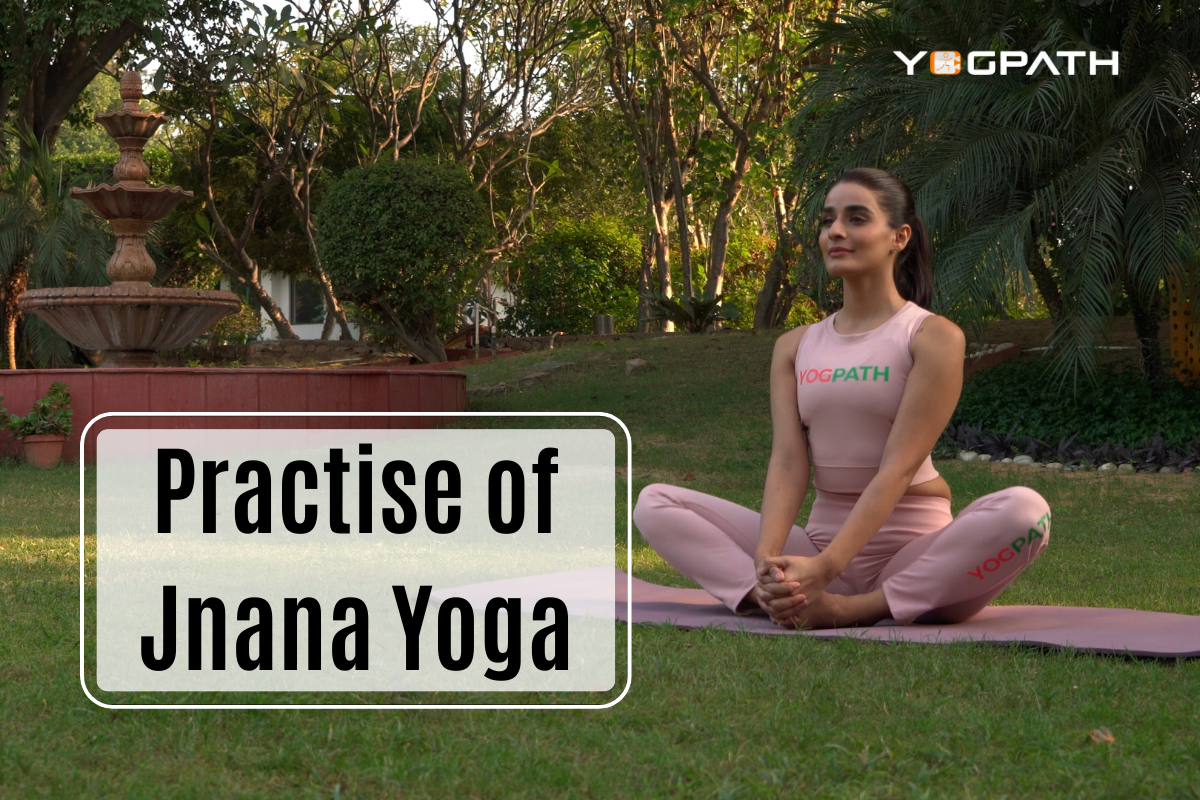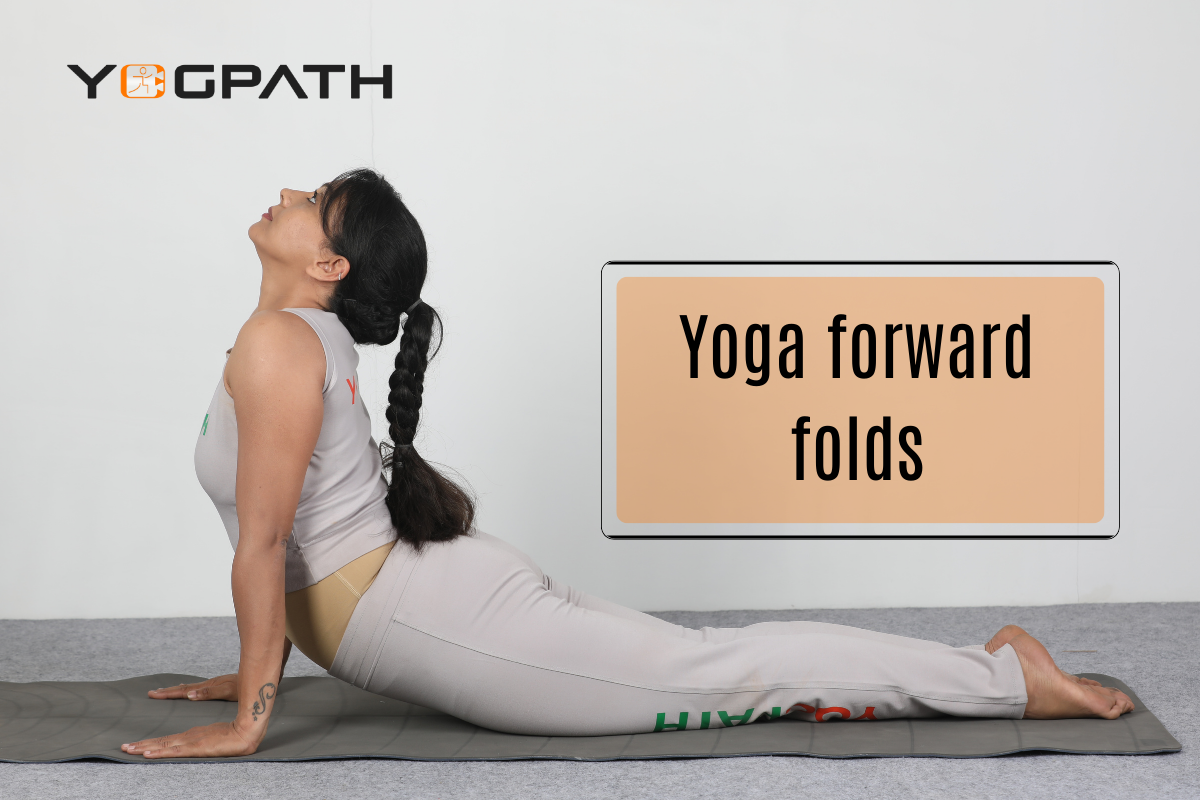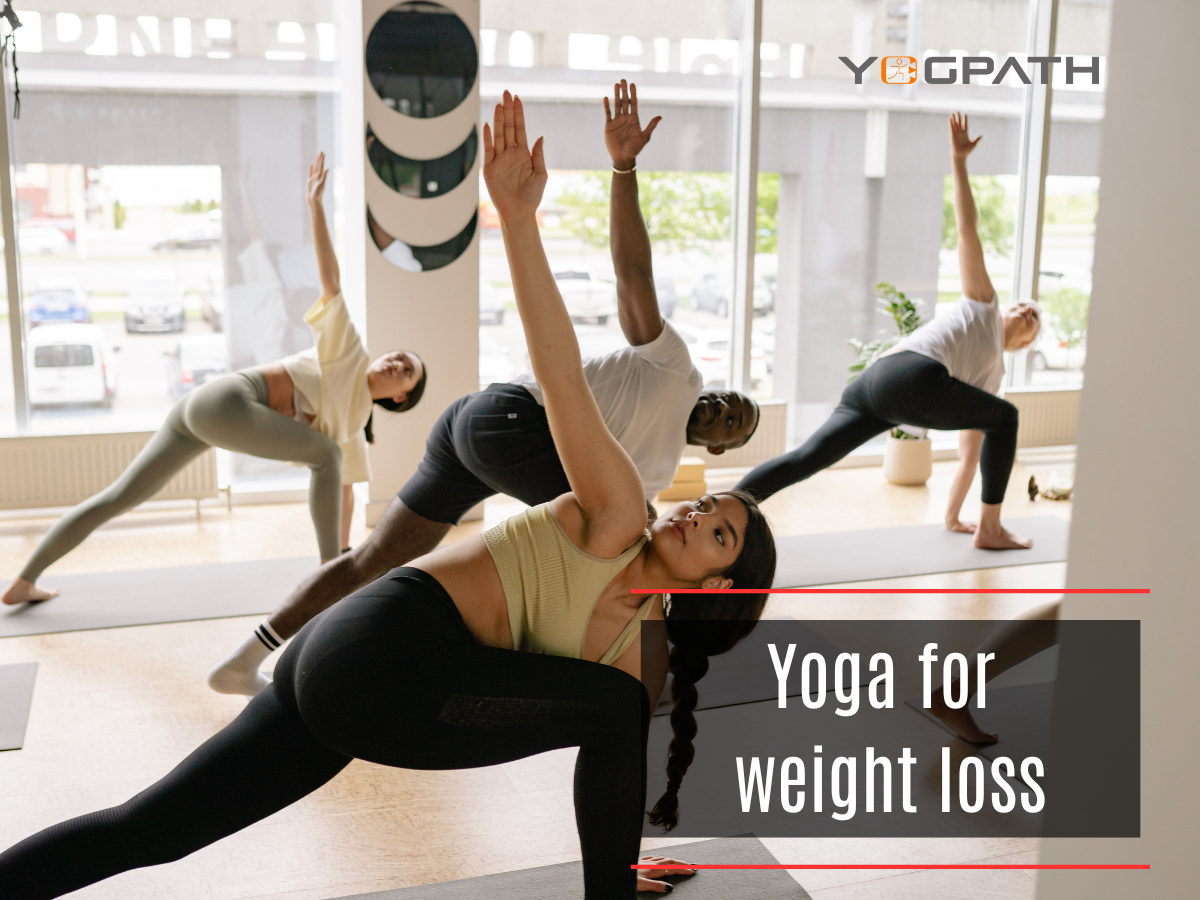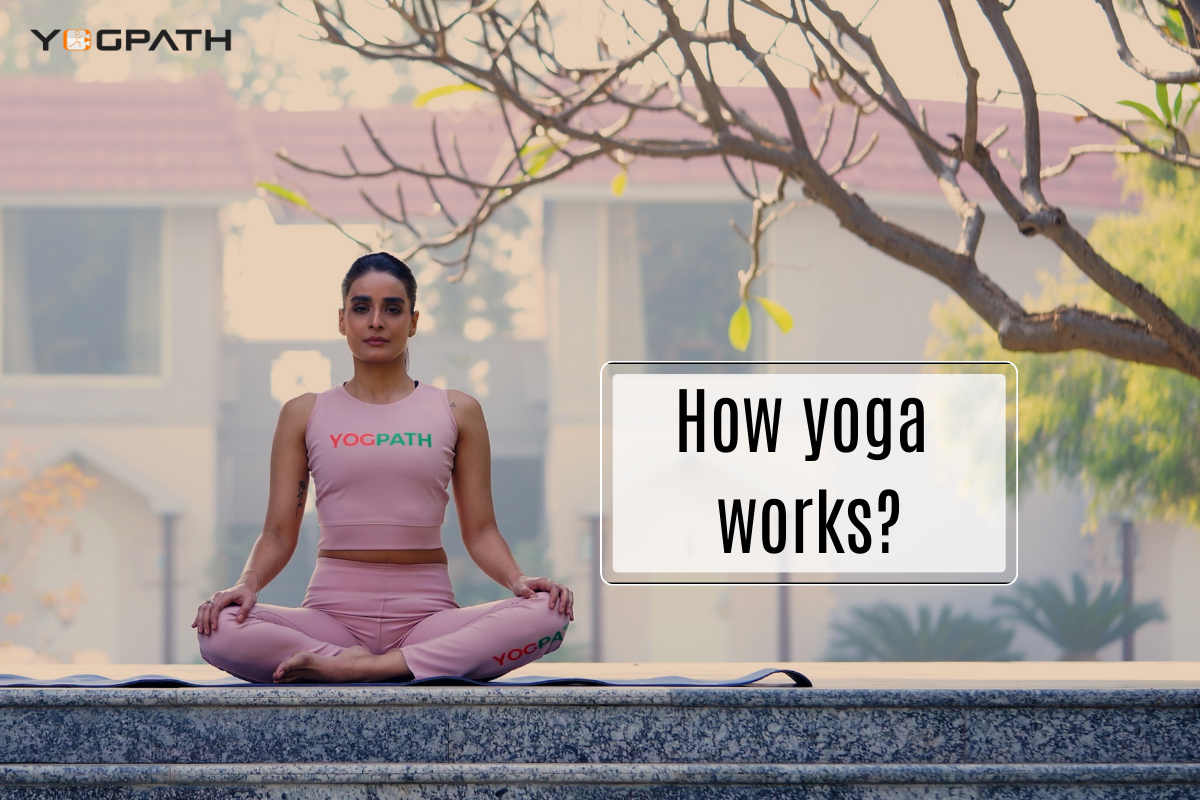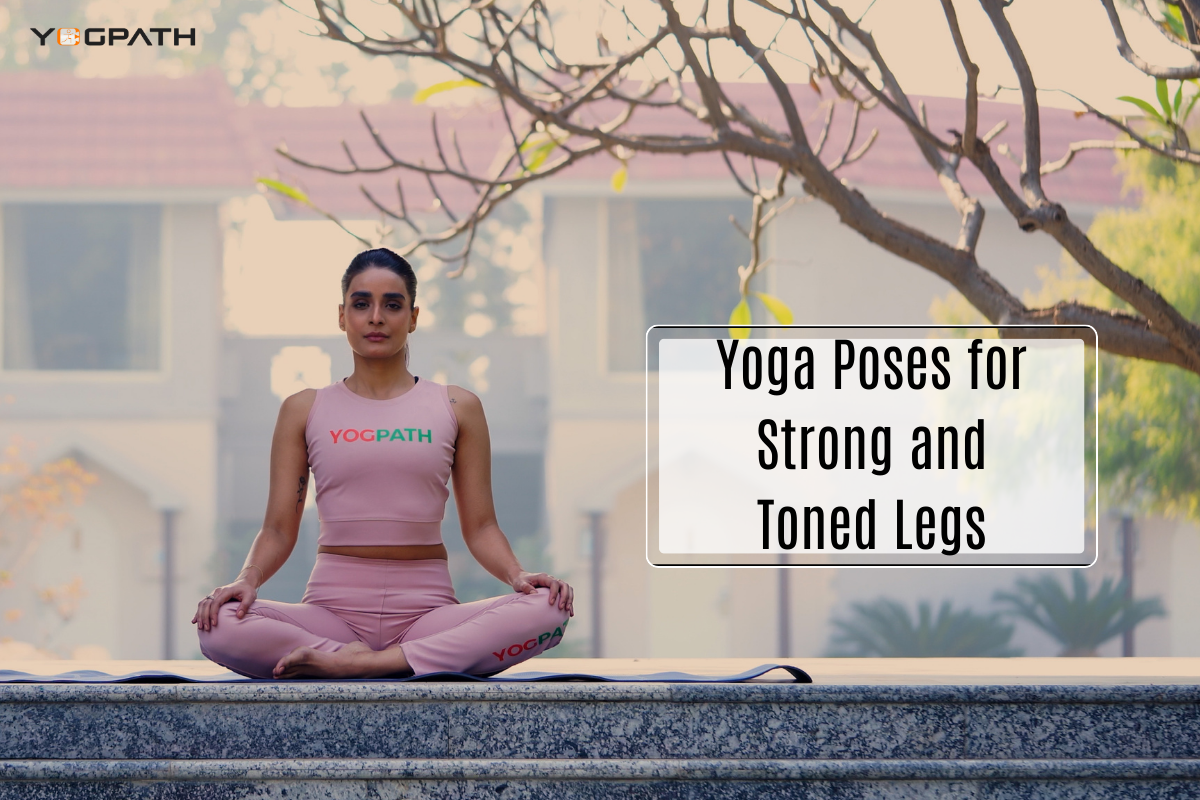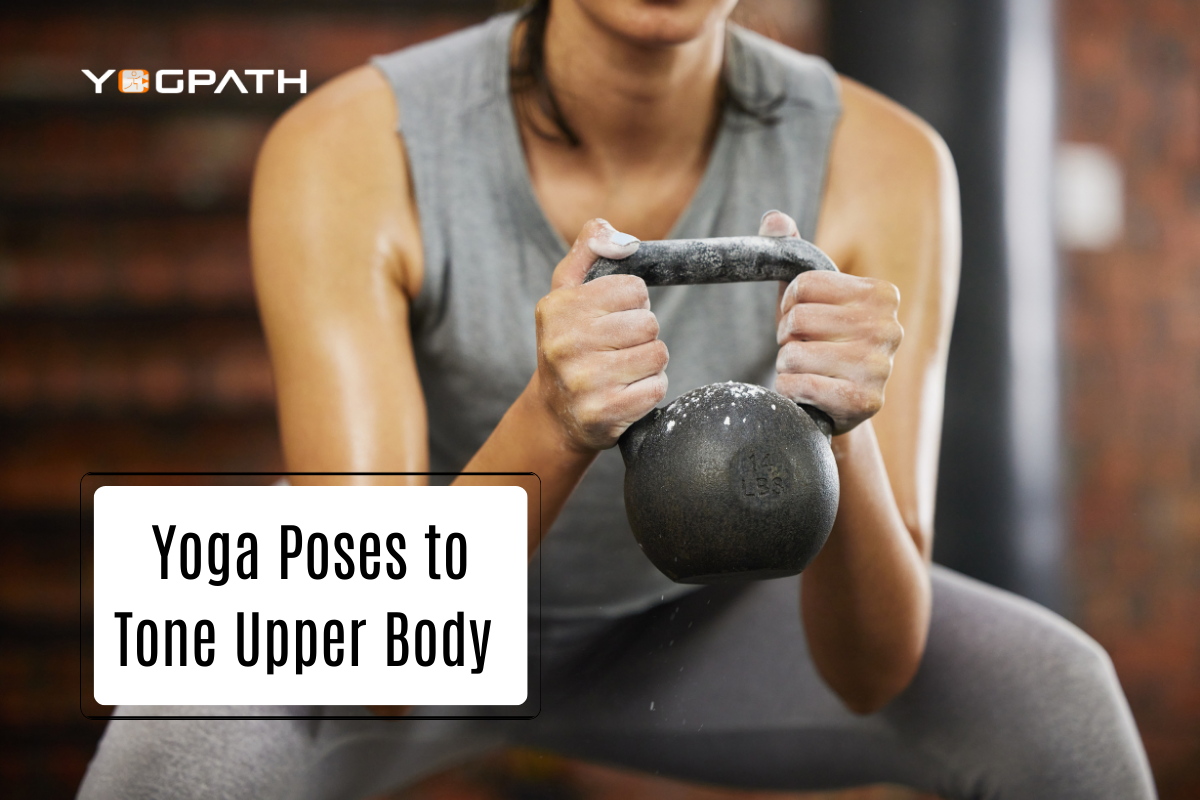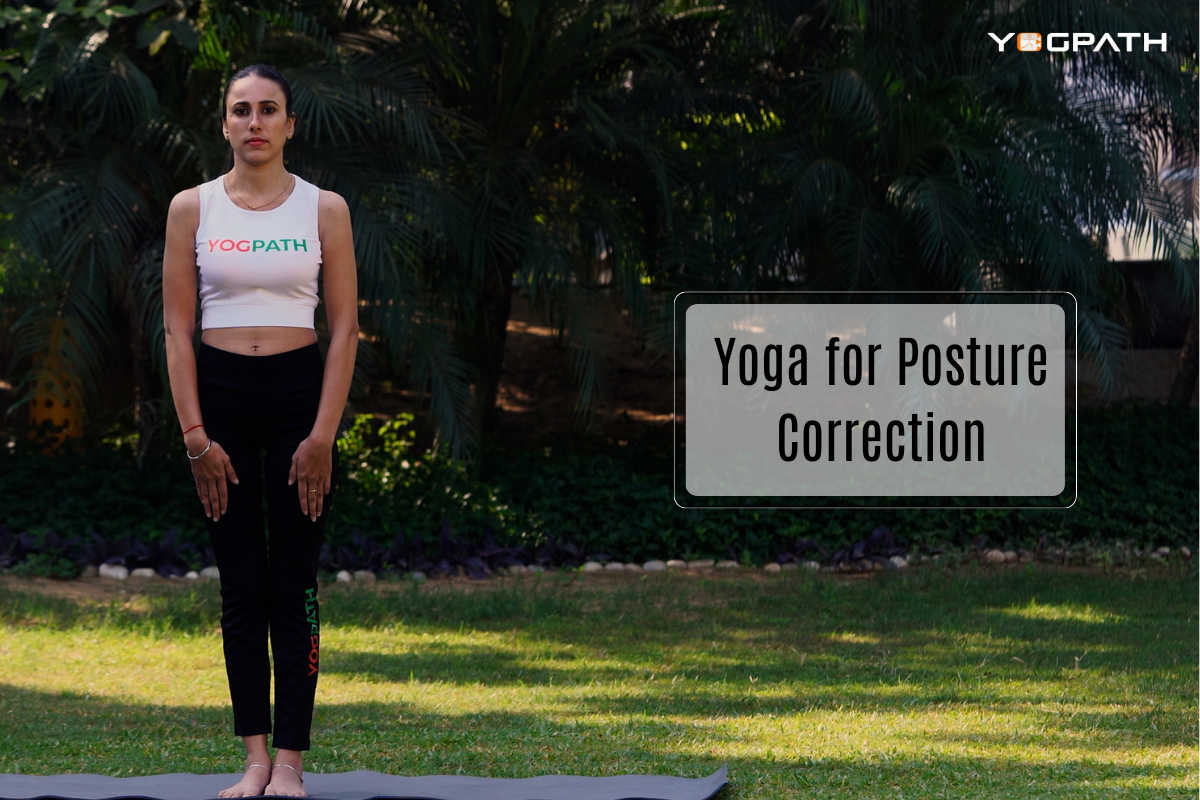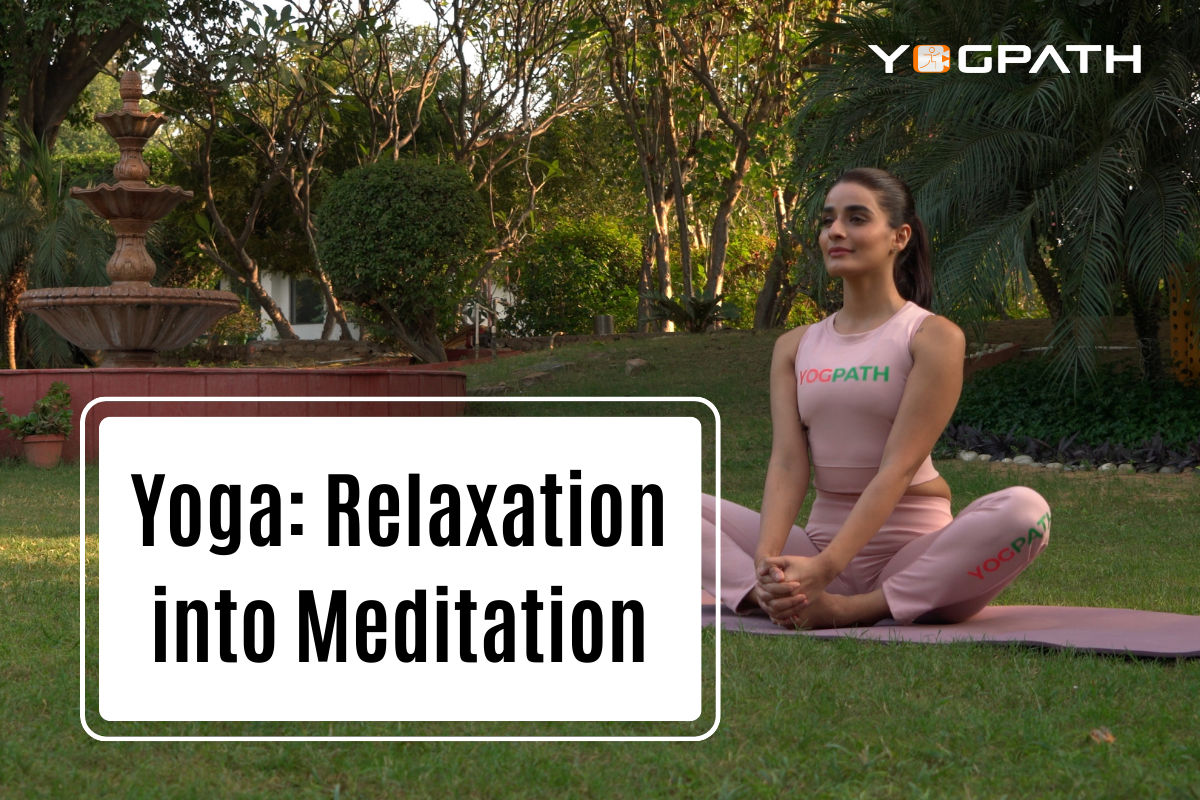
Yoga: Relaxation into Meditation
More than half of the people in a meditation class I taught recently were sitting with their backs against the wall or a back jack (floor chair). Due to chronic back/hip injuries or vulnerabilities, it is not uncommon for one or two people in a group to need the wall for support, but I have never seen a session where more than half the room was in need of the wall.
I was fascinated by my own reaction, which inspired me to pen this analysis. When I saw how many people were using the wall or a floor chair, I felt compelled to ask them compassionately why they were using them rather than simply ordering them to stop. Didn’t they use their asana practice to prepare for their meditation?
A common definition of yoga is “the stilling of the monkey mind” (yoga citta vrtti nirodhah).
The common understanding of what “yoga” is today is a group class lasting anywhere from 60 to 90 minutes during which a teacher guides students through a series of physical yoga postures, which are frequently linked with breath. As we all know, these classes can range from hot and sweaty to athletic and dynamic to fun and easy to sweet and boring, with or without music, and in a variety of other ways (and so much more).
We “do” yoga in a variety of settings: studios, gyms, parks, in the air on swings and slacklines, on the water on paddleboards, utilising hand weights, exercise balls, goats, cats, gloves, socks, yoga clothes, and more. Practicing yoga has never been more exciting than in the modern era, when we developed numerous novel techniques. Let’s get our asanas (yoga poses) in! Many of us, however, have come to realise that “yoga” encompasses far more than just the physical exercises we’ve been learning.
Sage Patanjali defines yoga as “the ceasing of the fluctuations of the mind” in the Yoga Sutras. Patanjali provides a methodical, sequential plan for accomplishing this (the eight limbs of yoga). His eight limbs of yoga are the yamas, niyamas, asana, pranayama, pratyahara, dharana, dhyana, and samadhi.
Asana (Yoga postures), Pranayama (breathing exercises), and Nidra (meditation) lay the groundwork for the remaining four limbs of yoga.
The five Yamas and the five Niyamas sum up our moral precepts and practises (such as non-violence, truthfulness, greedlessness, purity, contentment and right effort). The breath is regulated in a practise called Pranayama, which involves holding a steady position (Asana) and focusing on one’s inner energy (prana). These four pillars (or stages) lay the groundwork for the next four pillars (or stages), which are sense deprivation, concentration, meditation, and absorption (pratyhara, dharana, dhyana and samadhi).
Therefore, we must inquire as to whether or not our asana and pranayama practises (at home or in the community classes) are preparing us physically and mentally for the arduous effort and discipline that our meditation practise necessitates. The question that arises is whether or not our asana and pranayama practises are preparing and supporting us as they should be for our development along the yogic path.
Constantly Relaxing Asana (Sthirasana)
Patanjali may have only provided us with eight words to describe asana, but those words are extraordinarily rich in meaning and weight. He basically advised that we sit in a steady (sthira) and relaxed position during meditation (sukha). In today’s terms, this means that every posture we strike and hold, both on and off the mat, should feel natural and stable. The way we act on the mat reflects the way we act in life, and the way we act in life reflects the way we act on the mat. As a frequent yoga instructor, I stress the importance of maintaining a steady and relaxed posture in all aspects of life, including our personal, professional, and community interactions.
How can we improve our stability and ease in our poses, both on and off the mat? As yogis, we already know the solution: it’s all in the breath. One of the best ways to help oneself become “steady and comfortable” is to develop a close relationship with their breath. When we are (rapid, inconsistent, or strained), and when we are not, we can tell by listening to our breath (slow, steady, and even). In order to advance further along the yoga path, the path of the cessation of the fluctuations of the mind, we must first master the fundamental tools of Asana and Pranayama.
Why is it so hard to sit still?
Many beginning meditators, like myself in my early days of practise, discover that they need to lean against a wall or use a floor chair to support their bodies while sitting. Why is it so difficult for many of us to sit for long periods of time without props? Both the spine and the hips play an important role in ensuring an individual maintains an appropriate sitting posture.
The backbone
Your life revolves around the 31–33 bones in your spine. The “Apple Core Theory,” which defines the centre line as running from top to bottom, emphasises the importance of this area as the core of a company. The spine’s amazing natural convex and concave curves are supported by specialised muscles, and the spine can be bent forward and backward, flexed to the side, and rotated using the same set of muscles (twists).
The forward flexion of the sagittal plane is a common position for most of us, and this has led to an enlarged convex curve in the upper back (sitting at a desk, driving a car, riding a bike, watching TV. etc.). Because of this, our heads end up being thrust forward. Because of this, many of us may find it challenging and exhausting to sit erect for extended periods of time while meditating. The muscles that keep our spines in place have to work harder when we aren’t standing in our neutral, natural posture.
The hips
When deciding on a comfortable meditation position, it’s also important to take into account our varying degrees of hip and knee mobility, specifically internal and external rotation. The position and shape of our bones, as well as the pliability of our muscles and other connective tissues, account for these unique features (muscles, ligaments and fascia). Our steadiness, comfort, and ease during meditation will be influenced by our seated posture as well as our range of motion.
For example, because my hip sockets are set slightly more anteriorly, I have a smaller range of motion for my femoral head within the acetabulum. This allows me to comfortably internal rotate my hips and knees (while bent), but not externally rotate them. To sit in seiza, or supported Hero pose, a meditator kneels and rests their upper body on a long bolster.
However, if your hip sockets are lateralized like mine and those of many of my friends, colleagues, and students, you can externally rotate your hips and knees with relative ease (once bent). In light of this, you may find that sitting with your legs crossed comfortably (with or without a cushion) or even in full Lotus pose is the most relaxing position for you to be in.

